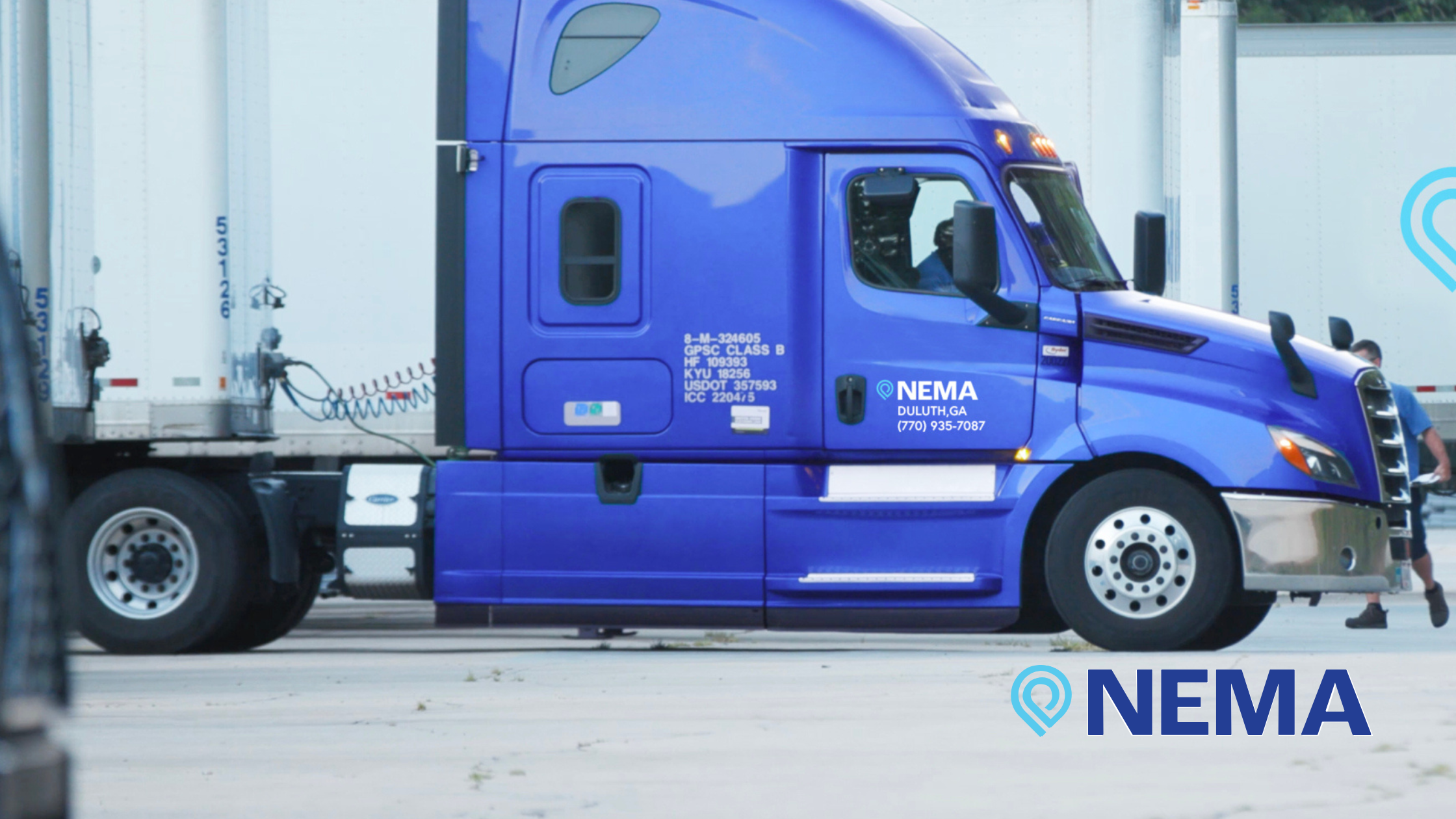
In the world of freight transportation, the safe and secure movement of goods isn’t just a matter of best practice—it’s a matter of compliance, liability, and, most importantly, safety. Whether you’re moving pallets of industrial equipment or delicate, high-value materials, proper cargo securement is critical to avoid damage, prevent accidents, and meet regulatory standards.
Let’s explore the core principles of cargo securement, review the common types of securement equipment, outline key U.S. Department of Transportation (DOT) regulations, and offer practical guidance for shippers and carriers committed to transporting freight safely.
Why Cargo Securement Matters
Improperly secured cargo can shift during transit, leading to load imbalances, damage to goods, traffic accidents, and even fatalities. Beyond the human and financial risks, failure to comply with cargo securement regulations can result in hefty fines, vehicle impoundments, and legal consequences for both carriers and shippers.
Effective cargo securement is about more than just strapping goods down—it’s a system of planning, selecting appropriate equipment, following guidelines, and conducting inspections to ensure freight remains stable throughout the journey.
Fundamental Principles of Cargo Securement
The North American Cargo Securement Standard, adopted by the U.S. and Canada, lays out key principles that guide securement practices:
- Prevent Shifting or Falling: Cargo must be secured in such a way that it cannot shift, tip, or fall from the vehicle under normal driving conditions (acceleration, braking, turning).
- Tie-Down Strength: The aggregate working load limit (WLL) of tie-downs used must be at least 50% of the weight of the cargo being secured.
- Use of Blocking and Bracing: Freight should be blocked and braced using friction, dunnage, or bulkheads to prevent movement.
- Equipment Compatibility: Securement devices must be appropriate for the cargo type and must not be damaged or worn.
Common Securement Equipment and Their Uses
Different types of cargo require different securement strategies. Here’s a breakdown of common tools and when to use them:
- Straps and Tie-Downs
- Use: General freight, pallets, machinery, and crates.
- Material: Typically polyester or nylon webbing.
- Tips: Check for fraying or cuts. Use edge protectors to prevent straps from damaging cargo.
- Chains and Binders
- Use: Heavy equipment, steel coils, and machinery.
- Material: Grade 70 steel is standard for cargo tie-downs.
- Tips: Ensure chains are tensioned properly using ratchet or lever binders; never exceed the WLL.
- Load Bars and E-Tracks
- Use: Inside dry vans or box trucks to prevent lateral movement.
- Tips: Must be fitted snugly between walls and floors.
- Dunnage and Blocking
- Use: Loose items or irregularly shaped cargo.
- Material: Wood, inflatable bags, or rubber blocks.
- Tips: Secure dunnage to prevent it from becoming a projectile in the event of a sudden stop.
Understanding DOT Cargo Securement Regulations
In the United States, the Federal Motor Carrier Safety Administration (FMCSA) outlines securement requirements under 49 CFR Part 393, Subpart I. Key highlights include:
- Minimum Number of Tie-Downs:
- At least one tie-down for articles ≤ 5 feet long and ≤ 1,100 lbs.
- At least two tie-downs for articles > 5 feet or > 1,100 lbs.
- Working Load Limits (WLL): Only use securement devices that are clearly marked with WLL, and ensure the total WLL of all devices used is at least half the cargo weight.
- Inspection Requirements: Drivers must inspect the cargo and securement devices:
- Before beginning a trip.
- Within the first 50 miles of the trip.
- Every 150 miles or every 3 hours thereafter.
Practical Tips for Shippers and Carriers
For Shippers:
- Understand Your Cargo: Know the weight, center of gravity, and sensitivity of your freight. This informs securement planning.
- Communicate Clearly: Provide carriers with documentation that includes loading instructions and securement requirements.
- Invest in Packaging: Proper crating, palletizing, and blocking can greatly reduce the need for over-compensation during transit.
For Carriers:
- Train Your Drivers: Ongoing training in securement best practices is critical, especially for specialized freight.
- Perform Routine Equipment Checks: Securement gear should be inspected for wear, corrosion, or damage before every use.
- Follow Industry Standards: Adhere to FMCSA and North American Cargo Securement standards, especially for specialized freight such as machinery, pipes, or coils.
Final Thoughts
Proper cargo securement isn’t just a compliance issue—it’s a core component of safe and efficient freight transportation. By understanding the fundamental principles, using the right tools, and adhering to DOT regulations, both shippers and carriers can minimize risk, protect cargo, and maintain public safety.
For companies that handle oversized, high-value, and time-sensitive freight, cargo securement is more than a checklist—it’s a discipline that ensures each shipment reaches its destination without incident.



